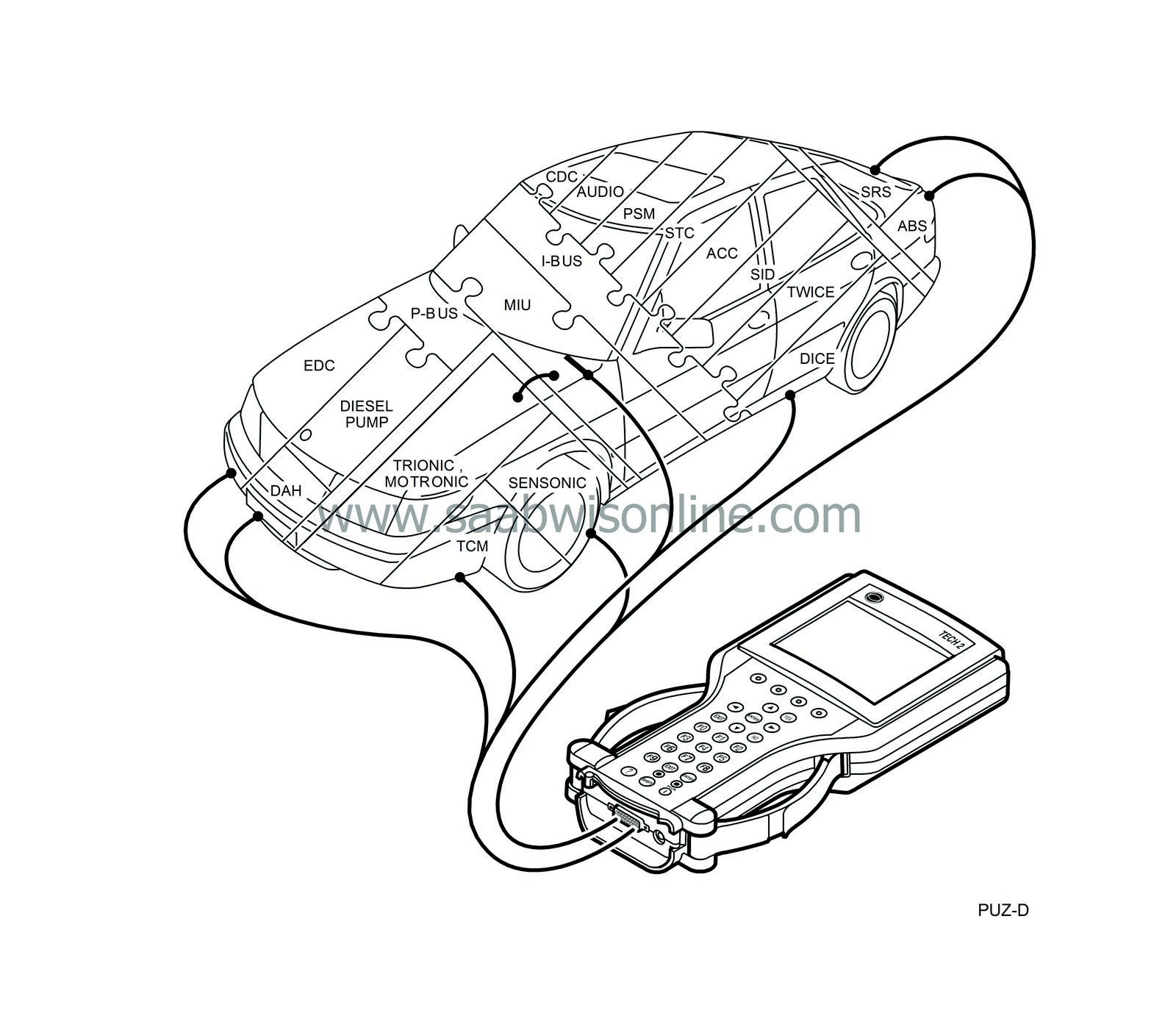Brief description
| Brief description |
| Front seats |
The front seats are constructed around two pressed steel frames, one for the seat and one for the backrest. The backrest and seat frames are joined together via the backrest adjustment mechanism.
In the front of the seat frame there is a transverse panel that prevents the passenger sitting in the seat from sliding forward/down in a collision. The base of the seat also includes the mounting points for the seat belt. The outer mounting points in 2 and 3-door models are on the floor.
The cushions are supported on flexible steel netting (Pullmaflex) suspended from helical springs at either side. The cushions are made of polyurethane polyether and covered with leather or plush velour.
The SAHR system is integrated in the top of the front seat backrests. SAHR reduces neck injuries and so-called whiplash in case of a collision from behind at low speeds.
Electric heating is available as an option on the front seats.
Electrically adjustable front seats
Electrically adjustable front seats are available as an option on the Saab 9-3. The electrically adjustable front seats are controlled via switches on the outside of the seat concerned.The electrically adjustable driver's seat includes PSM (Power Seat Memory) as an integrated component. The PSM system provides the driver's seat with a memory function for 3 different seat settings.
The passenger seat is electrically adjustable only and has no memory function, see .
| Rear seat |
The rear seat is designed to provide seating accommodation for three passengers. The outer seats have head restraints as standard and the centre can be fitted with a head restraint as a option.
The rear seat and backrest fold down. Both the seat and the backrest cushions are split 40/60. Each cushion unit (seat and backrest) consists of a metal frame, polyurethane foam padding and upholstery. The 60 percent part of the backrest cushion is also fitted with an armrest and hatch integrated into the metal frame giving access to the luggage compartment. The rear seat can be folded in two positions.
1. Only the 40-percent part is folded down
2. Both the 60 and the 40-percent parts are folded down
Alternative 2 provides maximum loading space.
The rear seat of the Saab 9-3 can be fitted with integrated child seats.
Electrically heated rear seat
Electric heating is available as an option for the rear seat cushion.| P bus and I bus |

The two power train systems EDC and diesel pump are not connected to the I-bus, however. These systems require much faster communication to eliminate noticeable delays, e.g. when EDC requests a certain quantity of fuel for injection.
Therefore, they are connected through a separate buss called the P-bus (Powertrain Bus). The P-bus has a data transfer rate ten times higher than that of the I-bus.
The P-bus is also connected to the MIU (Main Instrument Unit). The MIU ensures that the information that is available on one bus is also available on the other.


